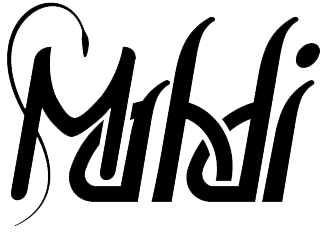The “Valley of the Ants” refers to a special place and special ants. In addition, the fact that Prophet Sulayman (as) could hear the ants talking among themselves may contain striking references to future developments in computer technology. The present-day term “Silicon Valley” refers to the centre of the world of technology. It is most significant that a “valley of the ants” appears in the account of Prophet Sulayman’s (as) life. Allah may be drawing our attention to the advanced technology of the future. Furthermore, ants and other insect species are widely used in advanced technology as models in robot projects and are intended to serve in a wide range of areas, from the defence industry to technology. The verse may also be referring to these developments. Latest Developments in Miniature Technology: Army-Ant Robots The best known project using ants as a model are the “Army-Ant Robot” projects being carried out independently in several countries. One study being carried out by the Virginia Polytechnic Institute and Virginia State University seeks to develop small, inexpensive, and simple physically identical robots that can be used as a robot army. Project officials explain these robots’ functionality in the following terms: “The way they behave as a group, in a coordinated manner, perform a series of physical actions, and take joint decisions.” These robot armies’ mechanical and electrical designs have been based on the behaviour of an ant community. They are called the “army-ant” robots because of their similarities to their insect counterparts. The “army-ant” robot system was originally designed as a “material-carrying system.” According to this scenario, several small robots would be charged with jointly lifting and carrying objects. It was later decided that they could be used for other tasks. One report describes other tasks to which they might be assigned in the future:
In a report by Israel A. Wagner, an expert on ant robot technology, the ant robot projects were described in these terms:
As can be seen in these examples, an ant’s social lifestyle forms the basis of many projects, and the various ant-based robot technologies are providing benefits for human beings. That is why it is so important that ants and their valley are referred to in the Qur’anic account of Prophet Sulayman’s (as) life. The term “ants” in the verse may refer to an army consisting of robots, future developments in robot technology, and how robots will play an important role in human life. For example, they may perform many arduous tasks and thus make people’s lives more comfortable. (Allah knows best.) “To purchase the works of Harun Yahya, please visit www.bookglobal.net.” 1- John S. Bay, “Design of the ‘Army Ant’ Cooperative Lifting Robot,” http://armyant.ee.vt.edu/paper/robo_mag.html. 2- Israel A. Wagner, “My Travels With my A(u)nts: Distributed Ant Robotics,” www.cs.technion.ac.il/~wagner/pub/thesis_abs_eng.html. |

